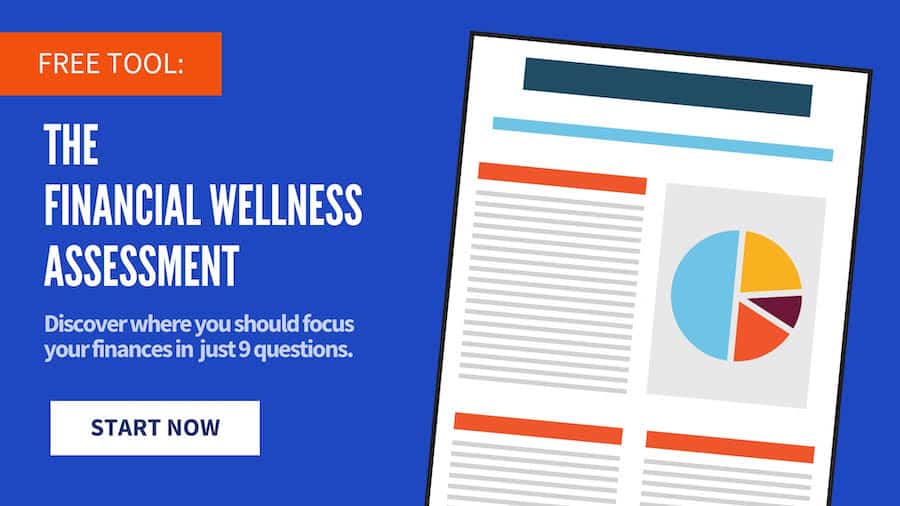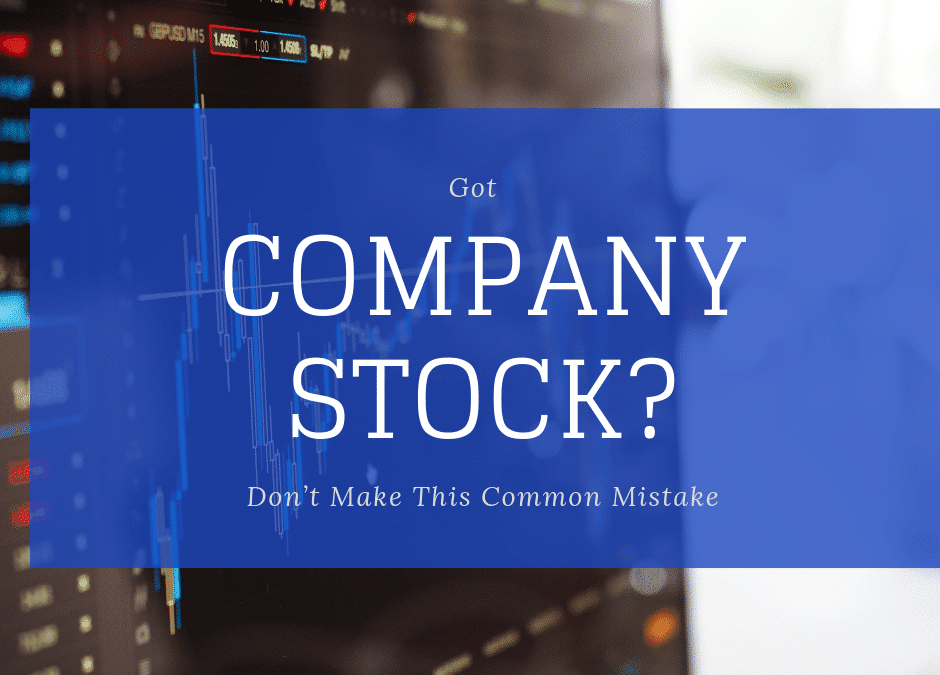I meet with a lot of executives, managers, and other highly compensated employees of publicly-traded companies, and I often spot a big red flag in their portfolios: They have lots of money tied up in the stock of the companies they work for.
The buildup may have occurred in their personal investing accounts, their retirement plans, or through an employee stock ownership plan. No matter how it happens, though, concentrating too much money in one stock is always a risk—and one that’s often overlooked when the concentration is in company’s shares.
Before I explain why this is so dangerous, how it happens and how to fix it, let’s first review what we mean by a concentrated stock position. Ideally, you’d have no more than 10% of your savings held in the stock of one company. Even approaching 5% in any single company can be a warning sign, because of the inherent risk of any individual stock.
The Problem With Going All In On Company Stock
Individual stock investments are riskier than most people believe, because most companies underperform the market as a whole. In fact, a study by J.P. Morgan found that two-thirds of all individual stocks underperformed the Russell 3000 Index between 1980 and 2014—and 405 of these laggards delivered negative absolute returns.
Just how bad can these returns be? The study found that about 40% of all stocks suffered a permanent decline from their peak value of 70% or more. If that were to happen a stock that represented more than 5% of your total investments, the loss of wealth could be major setback to reaching your goals.
Yet many people see these statistics and think there’s no way it will happen to their company’s shares. “Sure,” they say, “but I work for this company and I know what’s going on.”
That’s a common, and dangerous, perception.
Don’t Fall For Thinking You Have Control
Investors often allow themselves to develop a concentrated position because they’re emotionally invested in their company—they know the plan, believe in what they’re doing and feel confident about the future. But familiarity does not mean you have superior information. In fact, familiarity with the company can cause you to overweight the positives and downplay the risks.
Another challenge is something behavioral finance researchers call the illusion of control bias: Investors often feel they have direct influence over their company’s stock performance. A textbook example is the mid-level manager who believes they can personally boost their employer’s stock price through their hard work.
The reality is, unless you’re the CEO you have little control over what happens with the company. And even CEOs can’t see the future: There are any number of unpredictable events that can bring down a company’s stock price.
The classic example of this is Enron. Executives covered up billions of dollars of debt from deals gone bad, which led the company’s share price to fall from more than $90 to less than $1 and bankrupted the company. Sadly, many employees who held the majority of the 401(k) money in Enron stock lost everything in their retirement accounts.
Enron is an extreme example, of course. But it’s just one of many possibilities—broader economic downturns, new competition, product misfires—that can drive a company’s stock price down.
Worse, if you’re concentrated in your employer’s stock and that company goes under, you’d lose your income on top of a big chunk of your retirement savings. Your present income already depends on the company’s success—don’t let your future income rely on it, too.
Diversification Is the Answer
If you’re concentrated in company stock, you should diversify that position as quickly as possible. Diversification, after all, is the only free lunch in investing.
Keep in mind diversifying doesn’t mean taking that 5% to 10% stake and swapping it for another stock. To actually diversify, you need to allocate that money among multiple companies—or invest in broadly diversified mutual funds or ETFs. The goal is to avoid having a major portion of your portfolio tied to the fortunes of any single investment.
You can either sell the bulk of your company shares immediately to get that position down well below 5%. If you’re holding those stocks in taxable accounts, you might need to space out those sales over time to help manage capital gains taxes. For investors who also have a donor-advised fund, another strategy is to donate your company shares to the fund and enjoy an immediate income tax deduction.
Next Steps…
You may be wondering, should you manage your money yourself or hire a professional to help you? If so, read: Do It Yourself Or Hire An Advisor?
If you’re ready to work through your options, find the best solution, and minimize mistakes so that overtime your wealth compounds in a favorable way, let’s chat about working together.
Diversification is not always complicated, but mistakes are costly.
Whatever your strategy, it’s critical to recognize when you’ve allowed yourself to develop a concentrated stock position and to remember all individual stocks are inherently risky.
Familiarity with the company doesn’t change that risk. It’s easy to believe in the company you work for, but don’t let your feelings cloud your financial judgment.
…
RESOURCE: Do you want to make smart decisions with your money? Discover your biggest opportunities in just 9 questions with my Financial Wellness Assessment.















